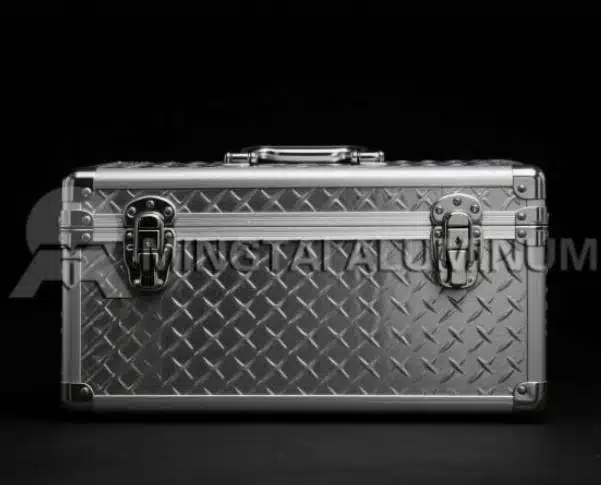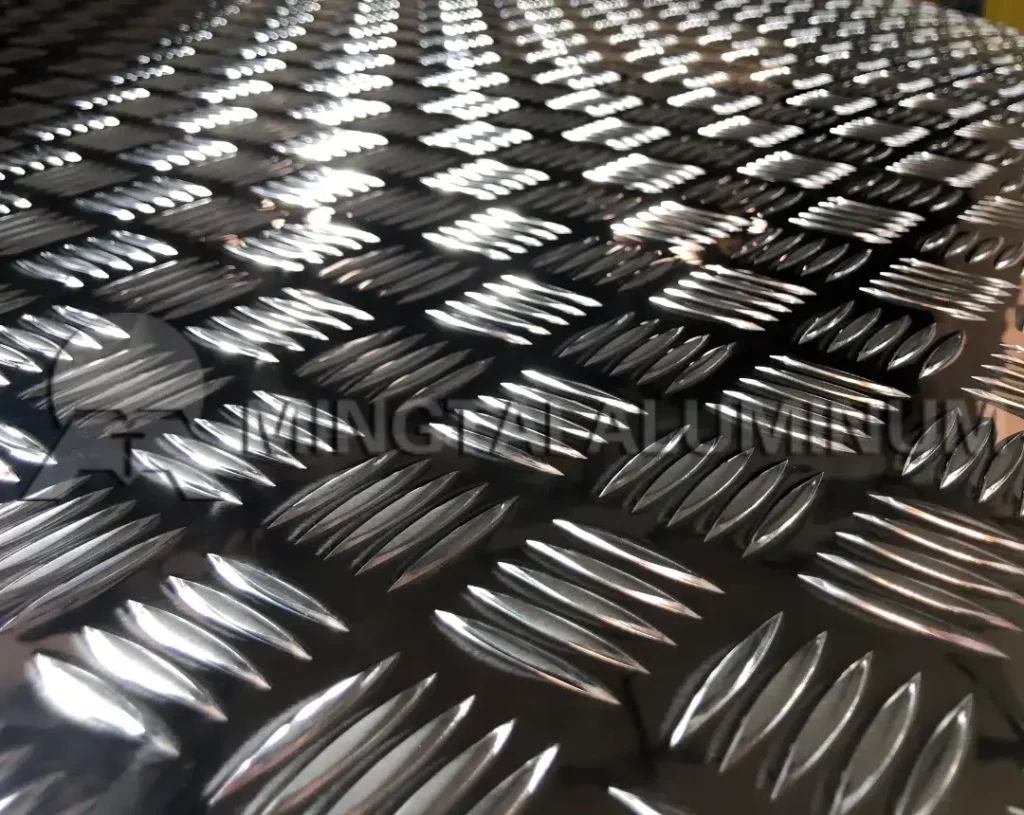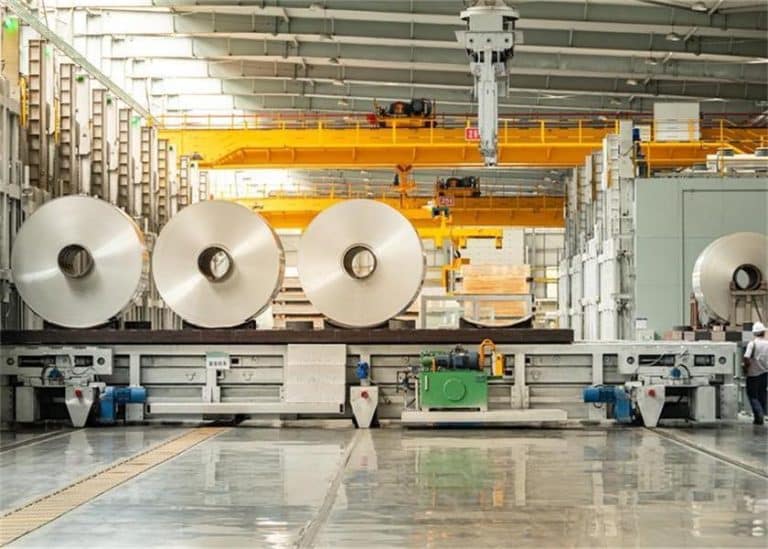
Building a custom aluminium tool box tray involves thinking ahead. You'll need some DIY skills. Choosing the right materials is also key. Use it in your truck, garage, or mobile work area. A solid tray keeps your tools organized. It makes them easy to grab. Plus, it's tough enough for heavy use. This simple guide helps you create a tray. It will be exactly what you need.
Step 1: Know What You Want
Start by thinking about what your custom aluminium tool box tray is for. What tools will it hold? Screwdrivers, drills, or small things like bolts? Where will you use it? In a truck, on a workbench, or carried around? This helps you figure out if it needs to be super strong, waterproof, or have a lock.
For example, if it’s going in a truck outside, you’ll want seals to keep water out and a finish that won’t rust. If it’s for inside, you might want more sections to keep things organized.
Step 2: Measure Your Spot
Grab your measuring tape and look over the spot where the tray will go. Write down the length, width, and height. If it’s for a vehicle, watch for things like wheel wells or bars. They might get in the way. You’ll need enough space for lids to open all the way. Drawers must slide out freely too. Nothing should block them. These numbers decide the size of your tray.
Step 3: Choose the Right Aluminium
Aluminium is great—it’s strong, light, and doesn’t rust easily. But not all types are the same. For a custom aluminium tool box Tray, try 5052 or 6061 alloys. They’re tough and easy to shape.
Pick the thickness based on your tools. For light stuff like screwdrivers, 1.5mm to 2mm sheets work fine. For heavier gear or parts like drawer slides, go with 3mm or more.
MINGTAI ALUMINUM makes awesome aluminium sheets that are perfect for sturdy trays. Their sheets hold up great against rust and wear.
Step 4: Plan How It’s Organized
A good setup makes your tools easy to find. Write down all the tools you need to store. Group them by type or size. This shows you how many compartments you need and if you want dividers that can move or stay in place.
Add spots for things like wrenches, sockets, or drills. Make drawers the right size for your tools so you’re not wasting space or cramming stuff in.
Using CAD software can help you try different layouts before you build.
.webp)
Step 5: Make It Easy to Use
You want a tray that’s a breeze to work with. Put tools you use a lot where you can grab them without bending or stretching too much.
Drawers should slide out all the way so you can see everything inside. For trays in trucks or tight spots, think about drawers that tilt down or panels that swing open.
Add handles that are comfy to hold. If the lid’s heavy, add gas struts so it opens nice and easy.
Step 6: Make It Strong
To keep your tray tough, especially with heavy tools or lots of moving around, add supports like braces or corner pieces where it carries weight.
Build in mounting points, like tabs or flanges, that match up with holes on your vehicle or workbench. This keeps the tray from sliding or getting banged up.
Use thicker material for drawer slides so they don’t bend over time.
Step 7: Pick Finishes for Looks and Durability
You can finish aluminium a few ways depending on how it looks and where it’s used:
- Powder coating adds color and stops scratches.
- Anodizing keeps the metal look while fighting rust.
- Mill finish is cheaper but needs a sealant to avoid rust.
MINGTAI ALUMINUM’s sheets work great with finishes like anodizing or powder coating. This makes your tray look cool and last longer.
Choose finishes based on where the tray’s going—outdoor ones need UV protection, while indoor ones can focus on style.
Step 8: Draw Up Simple Plans
Before you start building, sketch out clear plans. Include all sizes, materials for parts like sides or drawers, and what you’ll use to hold it together, like rivets or welds. Add notes for parts like latches and any steps for putting it together.
Use CAD tools like SolidWorks or AutoCAD to make a 3D model. This helps you spot weak spots before building and makes things clear for builders.
Step 9: Make Sure It’s Safe
Check that your tray is safe, especially for trucks or public spots:
- Smooth out sharp edges so no one gets cut.
- Add locks to keep drawers shut when moving.
- Make sure the weight won’t mess up a vehicle’s axles.
- If you add lights inside, follow local wiring rules.
Check rules like OSHA standards if the tray’s for places like job sites.
Step 10: Plan How to Build and Set It Up
When your design’s ready:
- Use laser cutting for clean shapes, TIG welding for neat joins, or CNC bending for perfect angles.
- Put parts together with rivets, screws, or welds depending on what’s strongest.
- Test-fit everything to make sure it all lines up.
- If it’s a DIY kit, include easy instructions with labeled parts.
- Work with whoever’s using it to mount the tray so it fits perfectly on a vehicle or workbench.
MINGTAI ALUMINUM’s range of sheet thicknesses makes building a custom aluminium tool box tray super easy for any project.

A custom aluminium tool box Tray is a real game-changer when it’s made just for you, from size to setup, using top-notch materials like those from MINGTAI ALUMINUM.
MINGTAI ALUMINUM is a big name in China, offering aluminium sheets for a custom aluminium tool box tray from 1000 to 8000 series. Our stuff is strong but light, perfect for trucks or workshops. For tough, long-lasting materials for your custom aluminium tool box tray, give MINGTAI ALUMINUM a look.
FAQ
Q: Why pick aluminium for a custom aluminium tool box tray?
A: Aluminium is strong. It's also lightweight. Plus, it resists rust well. This makes it ideal for tool trays. It's strong enough to hold heavy tools. It works great in spots like trucks. Workshops are good too. This applies indoors or outside.
Q: What tools fit in a custom aluminium tool box tray?
A: It holds all sorts of tools. Think screwdrivers, wrenches, and drills. Even small parts like bolts and screws fit. You can design special compartments. Add drawers too. Make them fit exactly what you need. Hand tools work. Power tools are also fine.
Q: How do I figure out the size for my custom aluminium tool box tray?
A: Measure the space where the tray will sit. This could be in your truck. Or on a workbench. Check the length. Check the width. Check the height too. Watch out for things in the way. Wheel wells are a common example. Make sure there's enough space. Lids need room to open. Drawers must slide out easily.
Q: What kinds of aluminium work best for a custom aluminium tool box tray?
A: Alloys like 5052 or 6061 are top picks. They're strong. They're easy to shape. They fight off rust well. For lighter tools, use sheets 1.5mm to 2mm thick. For heavier gear, go thicker. Choose 3mm or more.




